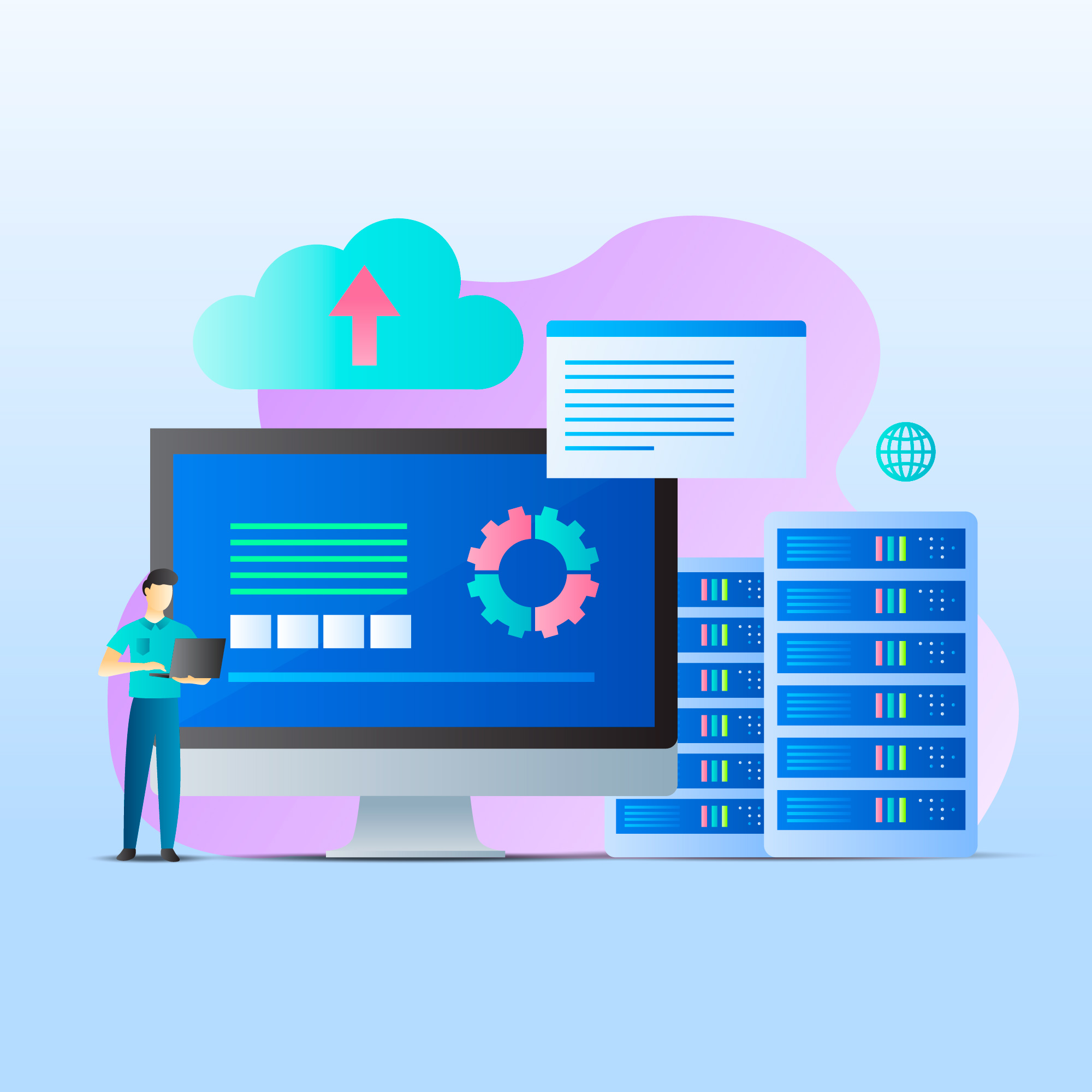Introduction
Cloud Computing and Edge Computing are traditionally two paradigms at the extremes of the way computing can be done today. But these technologies do not represent just alternative approaches, because sometimes they complement each other in the frameworks of modern IT infrastructure.
In essence, Cloud Computing involves the use of hosted services, such as servers, data storage, networking, and software where data is stored on physical servers maintained by a Cloud Service Provider. The user workloads are carried out in these remote clouds far away from the end user.
On the other hand, Edge Computing renders processing and storage of data instantaneous by bringing computing systems as close as possible to the user, device or application that collects and generates data.
Both are valuable paradigms and we’ll be discussing the similarities and differences between them in this article.
Similarities between Edge Computing and Cloud Computing
Futuristic Use Cases: Futuristic use cases such as 5G and autonomous vehicles will need hybrid ecosystems that host data close to the endpoints and in a central location. This means that the coming decade will see numerous partnerships between Edge and Cloud Services.
Making Automation Accessible: Automation is the future of operations. Organizations with a use case for internet of things (IoT) solutions use autonomous robots and other machinery operating at the Edge. On the other hand, Cloud Platforms can be used to automate enterprise tools and processes. Automation helps improve the efficacy of enterprise workloads, especially when compared to the traditional deployment and operation of IT infrastructure.
Streamlining Analytics: Big data analyses powered by Cloud and Edge systems enable companies to plot market trends, predict buying patterns, and know their consumers. By combining these technologies it becomes easy to analyze and gain insights from any dataset, no matter how huge or widespread they may be.
Providing Flexible Pricing Models: Leading vendors such as Amazon, Dell, and Microsoft have pricing models that feature a set fee paid at fixed intervals and depend on the usage and configuration of the computing solution. This helps businesses avoid excess capital expenditure associated with buying software and hardware and setting it up in on-premise data centers.
Hassle-free Regulatory Compliance: With vendors playing the main role of setting up Cloud and Edge Computing Centers in more and more countries worldwide, the responsibility of ensuring regulatory compliance falls to them. Life becomes easier for businesses contracting these vendors.
Differences between Edge Computing and Cloud Computing
Speed and Agility: Edge Solutions are located near the user, so they improve the speed of response, but Cloud Solutions make up for it in agility. You can manage vast volumes of computing resources on the Cloud with just a few clicks.
Scalability: Scalability is tough in Edge Solutions, because of the heterogeneity of devices attached to them. Cloud Computing Solutions thrive in this scenario, because organizations can easily scale up their central data storage, network, and processing capabilities.
Productivity and Performance: Because the computing paraphernalia is located near the user, Edge Computing gives greater performance. On the other hand, the racking and stacking in a Cloud is done with a few clicks, which relieves the user of the need to worry about it. This enhances productivity, because the user can focus on other tasks.
Reliability: Servicing of Edge Nodes is tough due to their decentralized nature – this makes them likely for failure. Cloud Computing being centralized is more easy to service, is less likely to fail and is thus more reliable.
Security: Security is more difficult to implement in a distributed network – some sort of encryption needs to be provided for each Edge Device. On the other hand, Cloud Computing is easier to secure.
Conclusion
Edge Computing and Cloud Computing represent two distinct yet complementary approaches to data processing and management. Indeed, as digitalisation continues more and more applications will move to the cloud, but increasingly the Edge Computing Sector will grow too.
While Edge Computing offers low-latency processing and real-time responsiveness at the network’s edge, Cloud Computing provides scalability, flexibility, and centralized management of computing resources.
Many data applications may be best served by applying both Edge and Cloud Computing technologies in tandem. Together, they have the potential to shape a new computing paradigm for enterprises across industries.
